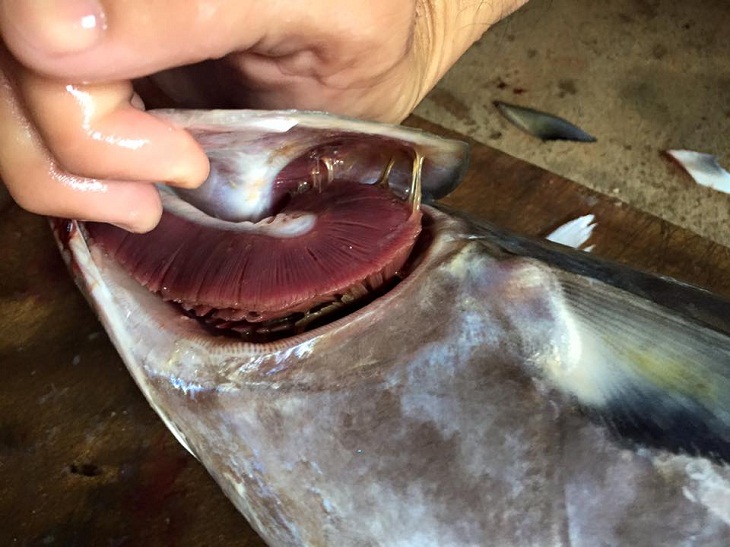How to Choose and Buy Seafood
Observing the eyes of the fish: Fresh fish have clear, shiny eyes that are slightly bulging, smooth, and elastic. If the eyes are sunken or protruding, cloudy, or have scratches on the cornea, the fish is no longer fresh.

Checking the belly: Observe the anus and the base of the fish’s fins. If these parts are pale yellow, the fish is still fresh. If they have turned reddish or dark, the fish is no longer fresh. Some believe that the belly of a fresh fish is always flat, but this is not entirely true. Sometimes, a fish may have just swallowed its prey, or a female fish may be carrying eggs, causing the belly to appear swollen.

Examining the gills: Fresh fish gills are reddish or dark red, sticking close to the fish’s body, and are slimy without a strong foul odor. There may be a little blood mixed with the slime. If the gills are reddish or dark red but lack slime, the fish may have been frozen or chemically treated. If the gills have turned brown or black, or appear pale, it indicates that the fish is not fresh.

Feeling the body: Fresh fish flesh is elastic, and when pressed, it will spring back without leaving a fingerprint. If the body is too stiff, it may have been frozen for an extended period or chemically treated. Conversely, if the body is too soft, the fish is not fresh.
Checking the scales and skin: Fresh seafood has shiny, bright scales that adhere tightly to the skin and are arranged longitudinally along the body. The skin should be free of scratches, and there should be a slimy coating, making it challenging to hold. This slime is a natural secretion produced by the fish to protect itself from predators or escape fishing nets. Therefore, the presence of slime indicates that the fish has been recently caught and is still very fresh and delicious.

Additionally, when sliced, fresh seafood often has bright red blood on the flesh or along the spine. If the fish flesh appears pale or releases dark red blood from the spine, it has likely been stored for an extended period or is no longer fresh.
How to Store Seafood
It is best to prepare and consume seafood immediately after purchase to enjoy its optimal freshness. However, if you lead a busy life and cannot go to the market daily, here are some tips on how to store seafood:
– When you buy fish, clean the gills and intestines as these parts are the main causes of spoilage. Rinse the gills, remove the intestines, and wash away any blood and slime.
– Divide the fish into portions suitable for one meal, and place them in separate food containers. Marinate the fish with a little salt and tightly wrap the containers with plastic wrap.
– Do not thaw frozen fish and then refreeze it, as this will cause a loss of nutrients and may lead to meat deterioration, affecting your health.
We hope this article provided you with valuable information on selecting and storing seafood. We wish you success in choosing the freshest and most nutritious seafood options!




































